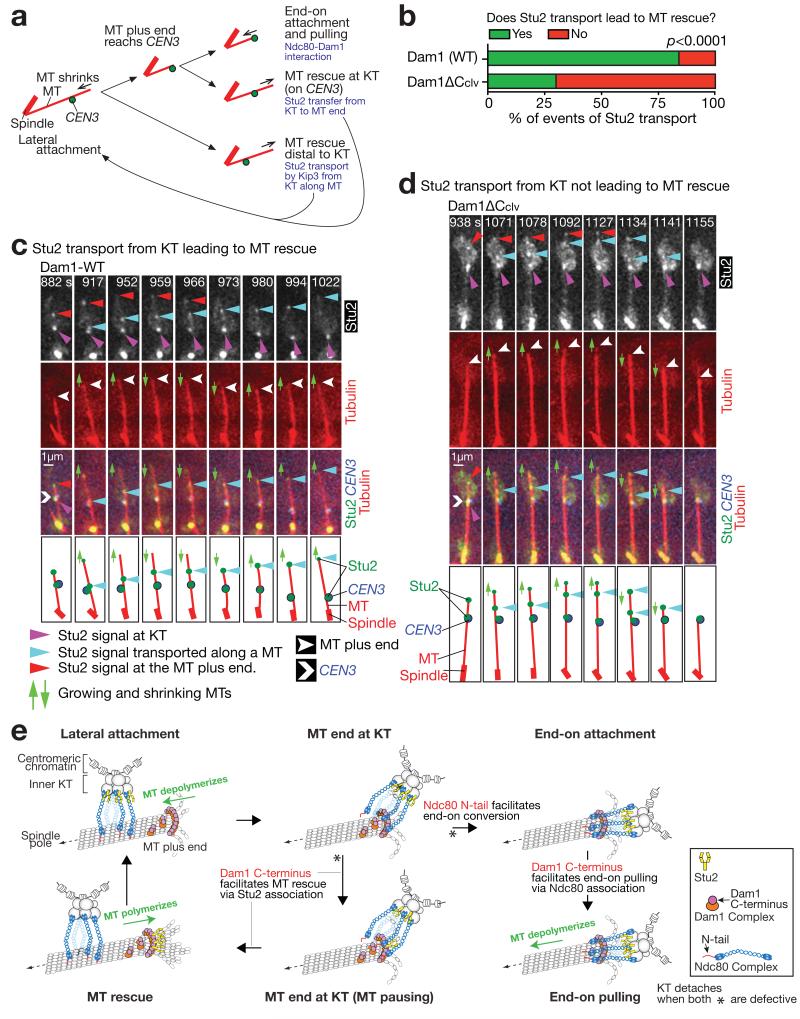Figure 4. The Dam1 C-terminus helps Stu2 to rescue a MT.
(a) Diagrams illustrating three events following lateral KT–MT attachment; end-on attachment, MT rescue at the KT, and MT rescue distal to the KT. Relevant mechanisms are shown in pale blue 4, 30.
(b–d) Dam1 C-terminus assists Stu2 in rescuing a MT after Stu2 is transported from a KT along the MT to the MT plus end, during the lateral KT–MT interaction. DAM1+ (T9229) and dam1-TEVsites PGAL-TEV (producing Dam1ΔCclv; T9166) cells with PGAL-CEN3-tetOs TetR-3×CFP STU2-4×mCherry GFP-TUB1 PMET3-CDC20 were treated as in Fig 2b–h. Images were acquired every 7 sec. Percentage of Stu2 transport events along a MT, leading, or not leading, to MT rescue; n= 25 and 37 Stu2 transport events were analysed for T9229 and T9166, respectively (b). Representative examples of Stu2 transport along a MT, leading (c), or not leading (d), to MT rescue. In b, experiments were performed twice (statistic source data are shown in Supplementary Table 2), a representative experiment is shown here, and p-value (two tailed) was obtained by Fisher’s exact test.
(e) Diagram illustrating the roles of the Ndc80 N-tail and the Dam1 C-terminus, in the conversion to end-on attachment and in MT rescue. The diagram explains the results in Fig 3 and 4, as follows: 1) with Ndc80ΔN, the end-on conversion is not initiated efficiently, explaining frequent MT rescue; 2) with Dam1ΔCclv, the end-on conversion is initiated but not completed efficiently, i.e. end-on pulling often fails, accounting for the end-on standstill; 3) with Ndc80ΔN plus Dam1ΔCclv, the end-on conversion is not initiated efficiently and MT rescue often fails; i.e. all subsequent steps are often blocked, leading to frequent KT detachment from the MT end.

